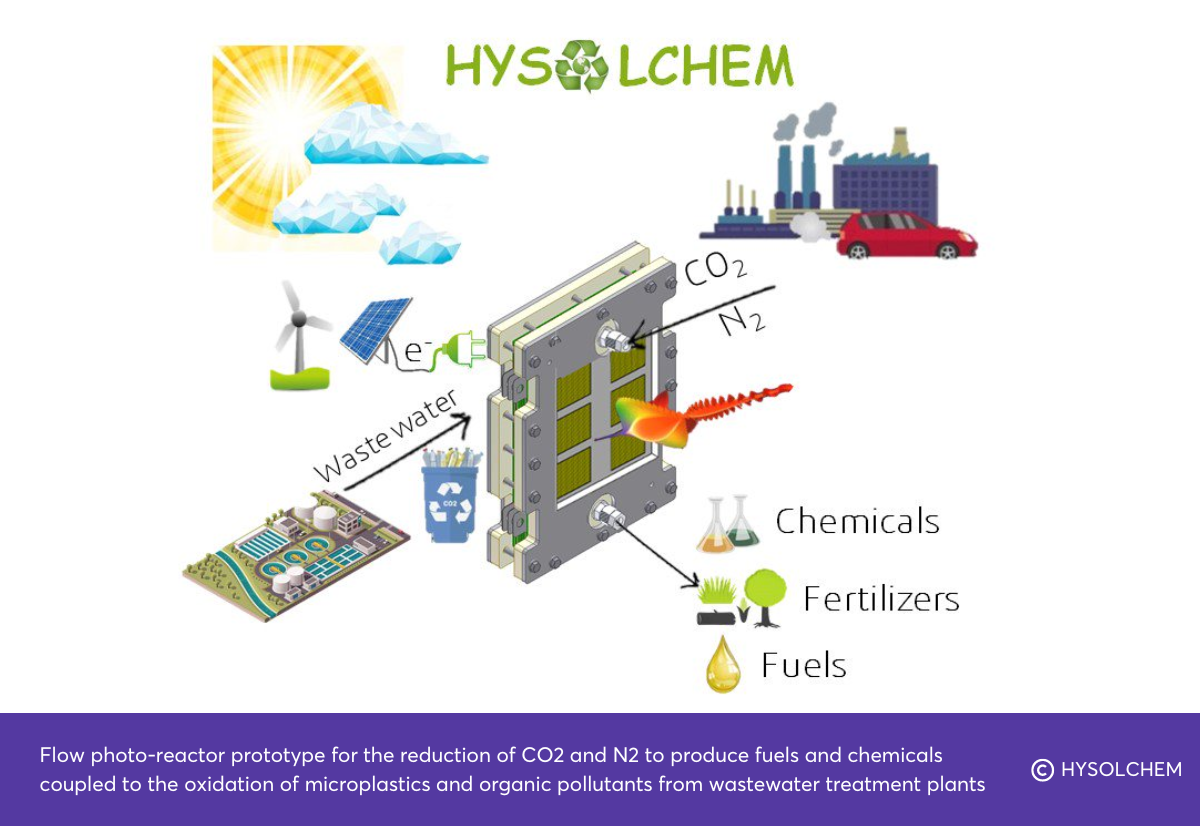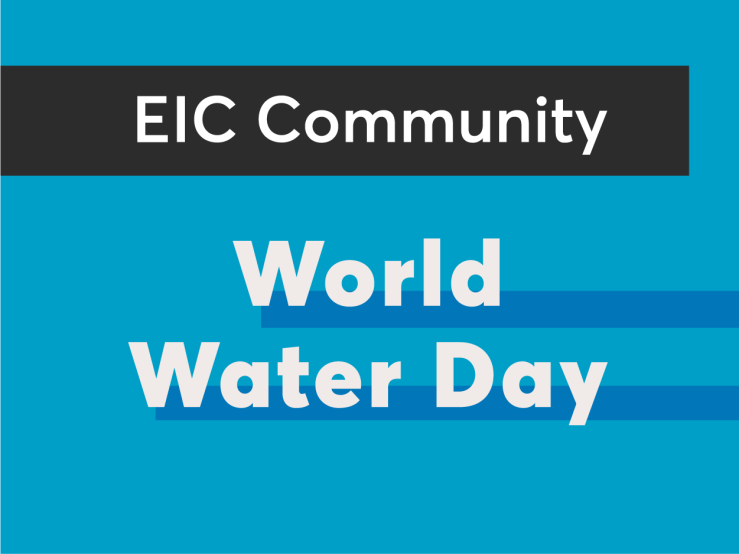On 22 March, the annual World Water Day celebrates humankind’s most precious natural resource to raise awareness of the importance of having access to safe and clean water. To mark this International Day, the EIC Community spoke with three EIC-funded organisations from the innovation spectrum that are doing their part to address these water challenges and provide disruptive technologies that contribute to smart water-related solutions.
Institute of Physics of the Polish Academy of Sciences (IFPAN): Using a transforming technology to improve aquaculture
Aquaculture is currently supplying more than 50% of all human consumption of fish and seafood – particularly in poor countries where fish is the main source of proteins. With this in mind, the Institute of Physics Polish Academy of Sciences (IFPAN - Instytut Fizyki Polskiej Akademii Nauk), an organisation from Poland, is currently participating in the EIC-funded PathoGelTrap project. This innovative research project aims to make a paradigm change in infectious-disease management practices by providing the aquaculture industry with a pioneering pathogen-trapping technology that can target and remove specific pathogens directly from the water.
IFPAN has vast experience in molecular dynamics simulations (both atomistic and coarse-grained) of fluids, proteins and multi-protein complexes, including virus capsids. Through IFPAN, the PathoGelTrap project will receive silico models for the behaviour of the products.
Read more about the PathoGelTrap project on its official website.
University of Bielefeld: A game-changing technology to filter molecules from water
EIC-funded University of Bielefeld, the coordinator of the European project named ITS-THIN, is contributing to the creation of a disruptive technology that proposes to perform water separation by using Ultrathin Carbon Nanomembranes (CNMs). Inspired by the highly efficient biological filtration processes found in nature, this initiative aims to efficiently remove small molecules and ions from water streams.
Furthermore, with the help of CNM-based technology, the ITS-THIN project will also try to demonstrate ground-breaking uses for two types of demanding water separation applications (1) Pressure driven water polishing for ultrapure water (UPW) production and (2) osmotic cold-concentration (CC) for pharma and food & beverage application.
Read more about the ITS-THIN project on its official website.
Apria Systems: A new concept solution for wastewater treatment
Apria Systems is a company that focuses on offering innovative alternatives for the treatment, purification and valorisation of streams. Currently participating in the EIC-funded HYSOLCHEM project, the Spanish-based company created an innovating concept that involves a low-cost flow photo-reactor prototype for the reduction of CO2 and N2 to produce fuels and chemicals coupled to the oxidation of microplastics and organic pollutants from wastewater treatment plants.

We spoke with Esther Santos, Chief Administrative Officer (CAO) at Apria Systems, and she highlighted that one of the hallmarks of the company is the consideration of sustainability as part of the production and consumption model: "Apria Systems bases its integrated growth strategy on minimising the environmental footprint of their processes and products. Having the European Commission (EC) financing in this HYSOLCHEM project allows us to include an assessment of the water footprint offering a new perspective to develop an efficient water strategy and providing an opportunity to develop social responsibility and strengthen the ties with final users. Companies are therefore essential tools for change, connecting people’s wellbeing with natural resources preservation".
Thanks to “the combination of both clean technologies (CO2/N2 reduction and water remediation) in a single device, the costs are significantly reduced compared to two conventional devices each of them doing just one single duty. This concept is applied to municipal wastewater treatment plants but can be potentially installed in distributed water treatment units next to intensive industries (chemicals, refinery, cement, fertilisers…), energy producers (carbon, electricity…) or housing which generate CO2/N2 and polluted wastewater.", Esther added.
Read more about the HYSOLCHEM project on its official website.

DISCLAIMER: This information is provided in the interest of knowledge sharing and should not be interpreted as the official view of the European Commission, or any other organisation.

